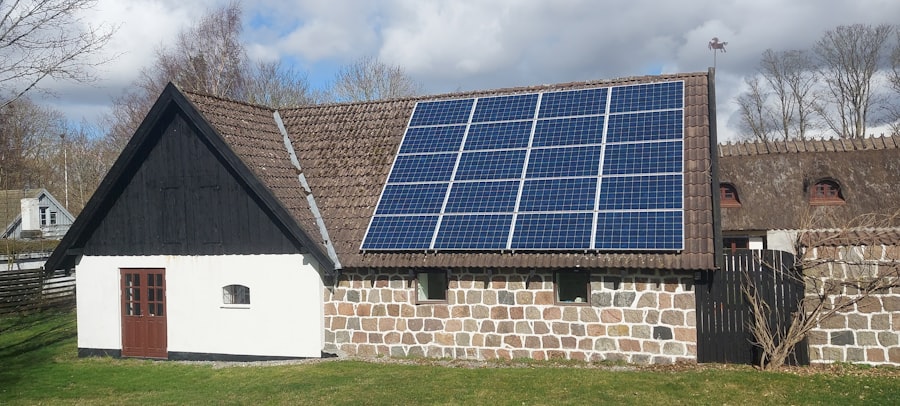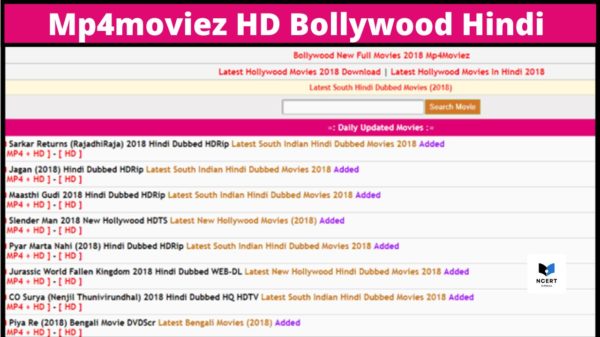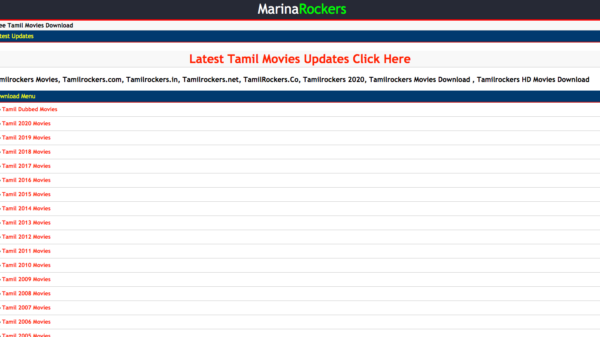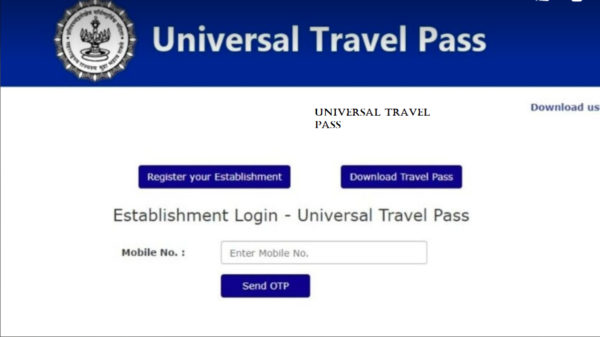When seeking a bank loan, it is crucial to have a clear understanding of the requirements set forth by financial institutions. Banks typically evaluate loan applications based on several key criteria, including creditworthiness, business history, and financial stability. Creditworthiness is often assessed through credit scores, which reflect an individual’s or business’s ability to repay debts.
A higher credit score can significantly enhance the chances of securing a loan, as it indicates a reliable repayment history. For businesses, banks may also consider the personal credit scores of the owners, especially in the case of small businesses or startups. In addition to credit scores, banks require detailed financial documentation to assess the applicant’s financial health.
This includes income statements, balance sheets, and cash flow statements that provide insight into the business’s profitability and operational efficiency. Banks may also request tax returns for the past few years to verify income and ensure that the business is compliant with tax obligations. Understanding these requirements is essential for applicants to prepare adequately and present a compelling case for their loan request.
Key Takeaways
- Understanding the requirements for a bank loan is crucial for a successful application process.
- Developing a comprehensive business plan is essential to showcase the viability and potential of the solar power plant project.
- Conducting a feasibility study for the solar power plant will help in assessing the project’s potential for success.
- Identifying potential risks and mitigation strategies is important to address any challenges that may arise during the project.
- Selecting the right financial institution for the loan is crucial for getting the best terms and conditions for the loan.
Developing a Comprehensive Business Plan
A well-structured business plan serves as a roadmap for any business seeking a bank loan. It outlines the business’s goals, strategies, and financial projections, providing potential lenders with a clear understanding of how the funds will be utilized and how the business intends to generate revenue. A comprehensive business plan typically includes an executive summary, market analysis, organizational structure, product or service descriptions, marketing strategies, and detailed financial forecasts.
Each section should be meticulously crafted to convey the viability and potential success of the business. Moreover, the market analysis component is particularly critical as it demonstrates an understanding of the industry landscape and competitive environment. This section should include data on market size, growth trends, target demographics, and competitive analysis.
By showcasing a thorough understanding of the market dynamics, applicants can instill confidence in lenders regarding their ability to navigate challenges and capitalize on opportunities. Additionally, financial projections should be realistic and based on sound assumptions, detailing expected revenues, expenses, and profitability over a specified period.
Conducting a Feasibility Study for the Solar Power Plant

Conducting a feasibility study is an essential step in assessing the viability of a solar power plant project. This study evaluates various factors that influence the project’s success, including technical, economic, legal, and environmental considerations. A thorough feasibility study begins with an analysis of the site location, examining factors such as solar irradiance levels, land availability, and proximity to existing infrastructure like power grids.
Understanding these elements helps determine whether the site is suitable for solar energy generation. Economic feasibility is another critical aspect of the study. This involves estimating the total project costs, including equipment procurement, installation, maintenance, and operational expenses.
Additionally, potential revenue streams from energy sales or government incentives should be analyzed to assess profitability. A comprehensive feasibility study will also consider regulatory requirements and potential environmental impacts, ensuring that the project complies with local laws and minimizes ecological disruption. By addressing these factors comprehensively, stakeholders can make informed decisions about proceeding with the solar power plant project.
Identifying Potential Risks and Mitigation Strategies
| Risk | Potential Impact | Mitigation Strategy |
|---|---|---|
| Market Risk | Decreased demand for product | Diversify product offerings |
| Operational Risk | Supply chain disruption | Identify alternative suppliers |
| Financial Risk | Cash flow problems | Establish a cash reserve |
| Regulatory Risk | Changes in industry regulations | Stay updated on regulatory changes |
Every business venture carries inherent risks that can impact its success. Identifying these risks early in the planning process allows entrepreneurs to develop effective mitigation strategies. In the context of a solar power plant project, risks may include technological challenges, regulatory changes, market fluctuations, and environmental concerns.
For instance, advancements in solar technology could render existing systems obsolete or less efficient, impacting profitability. To mitigate this risk, businesses can invest in research and development or partner with technology providers to stay abreast of innovations. Regulatory risks are also significant in the renewable energy sector.
Changes in government policies or incentives can affect project viability and financial returns. To address this risk, businesses should engage with policymakers and industry associations to stay informed about potential changes in regulations. Additionally, diversifying revenue streams can help mitigate market fluctuations; for example, entering into power purchase agreements (PPAs) with multiple customers can provide stability against price volatility in energy markets.
By proactively identifying risks and implementing mitigation strategies, businesses can enhance their resilience and increase their chances of success.
Selecting the Right Financial Institution for the Loan
Choosing the right financial institution is a pivotal decision when seeking funding for a solar power plant project. Different banks and lending organizations have varying criteria for loan approval, interest rates, and terms. It is essential to research potential lenders thoroughly to identify those that specialize in renewable energy financing or have experience with similar projects.
Institutions that understand the unique challenges and opportunities within the solar industry are more likely to provide favorable terms and support throughout the loan process. In addition to specialization in renewable energy financing, applicants should consider factors such as customer service quality, responsiveness, and overall reputation in the industry. Engaging with multiple lenders can provide insights into their lending practices and help applicants compare offers effectively.
Furthermore, establishing a relationship with a lender before applying for a loan can be beneficial; this allows for open communication regarding project details and financing needs. By selecting a financial institution that aligns with their goals and values, businesses can secure funding that supports their long-term vision.
Negotiating the Terms and Conditions of the Loan

Once a suitable lender has been identified, negotiating the terms and conditions of the loan becomes paramount. This process involves discussing interest rates, repayment schedules, fees, and any covenants that may be attached to the loan agreement. Interest rates can vary significantly based on factors such as creditworthiness and market conditions; therefore, it is essential to negotiate for competitive rates that align with the project’s financial projections.
A lower interest rate can substantially reduce overall borrowing costs and improve cash flow. Repayment terms are another critical aspect of negotiation. Businesses should aim for flexible repayment schedules that accommodate their cash flow patterns while ensuring timely payments to avoid penalties or default.
Additionally, understanding any covenants—conditions that borrowers must adhere to during the loan term—is vital. These may include maintaining certain financial ratios or restrictions on additional borrowing. By carefully negotiating these terms and conditions, businesses can create a loan agreement that supports their operational needs while minimizing financial strain.
Providing Collateral and Guarantees for the Loan
Collateral plays a significant role in securing a bank loan for a solar power plant project. Lenders often require collateral as a form of security against default; this could include tangible assets such as property or equipment associated with the project. Providing adequate collateral not only enhances the likelihood of loan approval but may also lead to more favorable interest rates and terms.
For instance, if a business owns land designated for solar development, this asset can serve as collateral to reassure lenders of their investment’s security. In some cases, personal guarantees from business owners may also be required by lenders. A personal guarantee means that if the business defaults on its loan obligations, the lender can pursue personal assets of the guarantors to recover losses.
While this may pose additional risk for business owners, it can also demonstrate commitment to lenders and improve chances of securing financing. Understanding the implications of collateral requirements is essential for businesses as they navigate the loan application process.
Seeking Professional Assistance for the Loan Application Process
Navigating the complexities of securing a bank loan can be daunting; therefore, seeking professional assistance can be invaluable. Financial advisors or consultants specializing in renewable energy financing can provide expert guidance throughout the application process. These professionals possess in-depth knowledge of industry standards and lender expectations, enabling them to help businesses prepare comprehensive documentation that meets all requirements.
Additionally, legal counsel may be necessary to review loan agreements and ensure compliance with regulatory obligations. Having legal experts involved can help identify potential pitfalls in contracts or terms that may not align with business interests. Furthermore, professional assistance can streamline communication with lenders and facilitate negotiations by providing insights into best practices within the industry.
By leveraging expertise from professionals familiar with financing solar projects, businesses can enhance their chances of securing funding while minimizing risks associated with the loan application process.
FAQs
What is a bank loan for a 1 MW solar power plant in India?
A bank loan for a 1 MW solar power plant in India is a financial arrangement where a bank provides funds to an individual or company to finance the development, construction, and operation of a 1 megawatt (MW) solar power plant in India.
What are the eligibility criteria for obtaining a bank loan for a 1 MW solar power plant in India?
The eligibility criteria for obtaining a bank loan for a 1 MW solar power plant in India may vary from bank to bank, but generally, the borrower must have a good credit history, a viable business plan for the solar power plant, and the ability to provide collateral or security for the loan.
What are the typical interest rates for a bank loan for a 1 MW solar power plant in India?
The interest rates for a bank loan for a 1 MW solar power plant in India can vary depending on the bank, the borrower’s creditworthiness, and the prevailing market conditions. However, they are typically competitive and may be influenced by government schemes and incentives for renewable energy projects.
What are the repayment terms for a bank loan for a 1 MW solar power plant in India?
The repayment terms for a bank loan for a 1 MW solar power plant in India can vary, but they generally include a fixed repayment schedule over a specified period, often ranging from 5 to 20 years. The terms may also include the option for early repayment without penalty.
What are the documents required to apply for a bank loan for a 1 MW solar power plant in India?
The documents required to apply for a bank loan for a 1 MW solar power plant in India may include a detailed project report, financial statements, business plan, land documents, environmental clearances, and any other relevant permits or licenses required for the construction and operation of the solar power plant.























































You must be logged in to post a comment Login